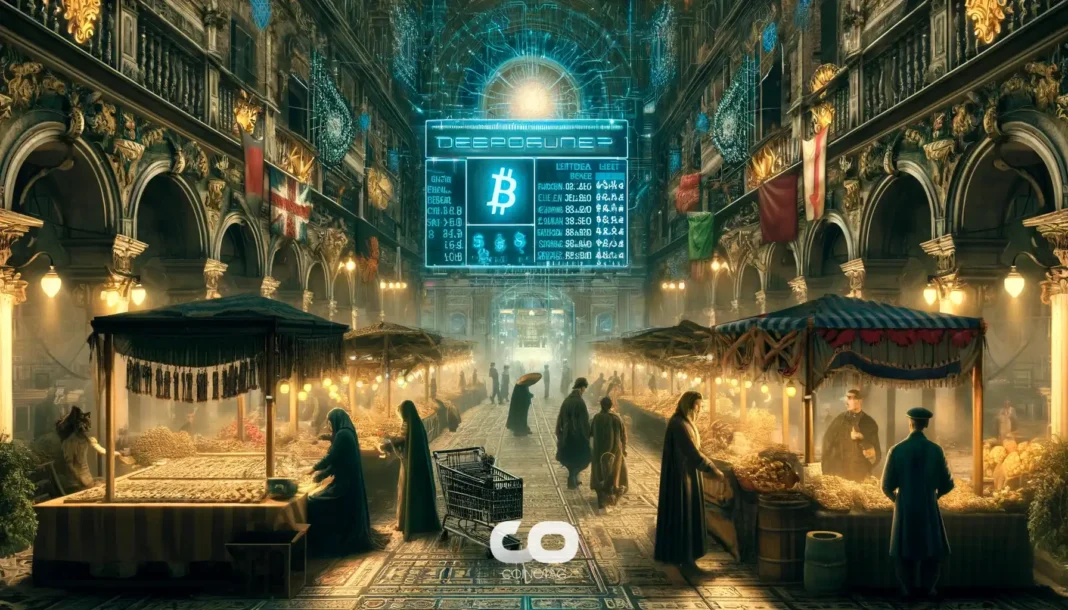The CS2 skin market crash resulted in a nearly 48% plunge in the value of digital items in Counter-Strike 2 after Valve’s October 22 update altered trading mechanics for cosmetic skins, erasing approximately $1.75 billion in player-held assets according to market data trackers.
-
Valve’s update modified exchange rates for high-tier skins like knives and gloves, disrupting the in-game economy.
-
The crash began immediately after the patch, with prices for rare collectibles dropping sharply across trading platforms.
-
According to Pricempire data, the total market value loss reached nearly $2 billion by Friday, impacting the world’s largest digital gaming item market valued at over $4.3 billion.
Explore the CS2 skin market crash: Valve’s update wipes $1.75B in digital asset value, shaking player economies. Understand impacts and trading shifts—stay informed on virtual markets today. (148 characters)
What Caused the CS2 Skin Market Crash?
The CS2 skin market crash was triggered by a Valve Corporation update on October 22 that fundamentally altered the trading and exchange mechanics for cosmetic items in Counter-Strike 2. This patch adjusted the item exchange rates between various skin categories, particularly affecting the rarest and most valuable assets like knives and gloves, which had previously commanded high prices in the game’s economy. According to patch notes shared on the CS2 subreddit, the changes aimed to balance the in-game market, but they led to an immediate and severe devaluation, with market tracking data from Pricempire showing a rapid erosion of value across 46 monitored marketplaces.
The update came at a time when the CS2 skin market was already one of the most active digital asset ecosystems in gaming, surpassing traditional virtual economies in scale. Bloomberg News reported the initial slump starting around 7 PM New York time on the release day, with prices for top-tier collectibles falling within hours. This swift reaction highlighted the fragility of player-driven markets reliant on scarcity and demand for cosmetics that enhance gameplay aesthetics without altering core mechanics.
How Has the CS2 Skin Market Crash Impacted Traders and Players?
The CS2 skin market crash has significantly affected individual traders and casual players alike, with many experiencing substantial losses in their digital inventories overnight. For instance, market analytics from Pricempire indicate that the total value of player-held assets dropped by nearly $2 billion by Friday morning following the update, representing a 48% decline from pre-patch levels. This data aggregates pricing and inventory information from dozens of trading hubs, providing a comprehensive view of the ecosystem’s health.
Ethan MacDonald, marketing manager at Pricempire, described the event as a “complete shock to the community,” noting that it “completely changes the supply of Counter-Strike’s most sought-after and expensive tier of items.” High-value items, such as knives and gloves previously selling for tens of thousands of dollars, saw prices halve or more, prompting a wave of sell-offs driven by fears of a sustained downturn. One affected trader, 20-year-old Oscar Stapleton from London, reported his $1 million inventory losing $270,000 in value within 24 hours, underscoring the personal financial toll on dedicated collectors.
Conversely, not all impacts were negative; some players like streamer psp1g benefited as the value of previously undervalued “red skins” surged due to new trade eligibility, boosting his holdings to over $4.4 million. Bloomberg News had earlier highlighted in March, citing Pricempire, that the CS2 market reached a record $4.3 billion valuation, with a single weapon skin fetching $1 million in June—the highest recorded transaction for an in-game cosmetic. These statistics illustrate the market’s volatility, where updates can redistribute value unpredictably.
Valve’s changes were part of broader efforts to enhance system integrity, including the mid-2025 introduction of a Trade Protection system that locks newly traded items for seven days to prevent fraud. This mechanism, combined with reversal options for unauthorized trades, aims to protect users but has inadvertently contributed to market instability by limiting liquidity. Pricempire’s valuation model, which relies on public data, confirms that while Valve earns commissions on Steam marketplace sales, the company does not directly profit from third-party trades, focusing instead on gameplay balance.
A Counter-Strike 2 developer, in a 2023 interview, emphasized that Valve monitors market prices primarily for content development insights, stating, “Players’ interest in items fluctuates over time for many reasons, so outside of that context, we try not to read too much into temporal changes.” Community discussions on Reddit, such as comments from user u/tan_phan_vt, suggest the update addresses underlying issues like legal risks and market imbalances, potentially benefiting average players by curbing exploitative practices.
Frequently Asked Questions
What Exactly Is the CS2 Skin Market Crash?
The CS2 skin market crash refers to the sharp 48% decline in the value of cosmetic items in Counter-Strike 2 following Valve’s October 22 update, which changed trading rules for skins like knives and gloves. This led to a $1.75 billion loss in player asset values, as tracked by Pricempire across global marketplaces, disrupting a market previously valued at $4.3 billion. (92 words)
Why Did Valve Implement Changes Leading to the CS2 Skin Market Crash?
Valve introduced the update to improve trade protection and gameplay balance in Counter-Strike 2, including a seven-day lock on new trades to combat fraud and a reversal system for stolen items. These measures, detailed in patch notes on the CS2 subreddit, aimed to create a fairer economy while allowing players to craft rare knives or gloves from five Covert skins. According to community feedback, such adjustments address systemic issues without directly targeting market values. (78 words)
Key Takeaways
- Market Volatility Exposed: The CS2 skin market crash demonstrates how developer updates can drastically alter digital asset values, with $1.75 billion lost in days, echoing risks in virtual economies.
- Trade Protection Benefits: Valve’s new system locks items for seven days to prevent scams, enhancing security but temporarily reducing market liquidity and contributing to price drops.
- Player Impacts Vary: While many traders faced losses, some saw gains in undervalued items; monitor updates closely for trading strategies in CS2’s $4.3 billion market.
Conclusion
The CS2 skin market crash following Valve’s October update has reshaped the landscape of digital items in Counter-Strike 2, erasing nearly $2 billion in value and highlighting the interconnectedness of gaming economies with broader principles of asset trading akin to those in cryptocurrency markets. As players navigate these changes, including enhanced trade protections and altered skin exchanges, the focus remains on maintaining system integrity and player satisfaction. Looking ahead, ongoing monitoring of Pricempire data and community insights will be essential, encouraging traders to adapt strategies for long-term stability in this dynamic virtual asset space—consider reviewing your inventory today for potential shifts.






